Advice, News, Residential
Furniture Trends of the Past Fifty Years
Furniture Trends of the Past Fifty Years
Clothing, wallpaper, and carpeting aren’t the only things that have radically changed in the last half-century. For better or for worse, furniture has changed a lot too! Here are the big furniture trends in tables, chairs, countertops, and cabinetry since 1968. While furniture should be built to last, as you can see from this timeline, often it’s not!
1968: Don Draper Sat on a Bean Bag Chair
 The fabric is funky, the chairs are full of styrofoam beans, and there’s a spirit of rebellion in the air. Welcome to 1968, when going to the Moon and talking back to “the Man” are in vogue. 1968 was also the year the bean bag chair was unveiled in Italy, and though it’s now synonymous with spending one’s youth playing video games in the basement, it was actually designed with Modernism in mind. Alongside the pod chair, this space-age design would’ve not only looked good in someone’s living room, it would have been the height of fashion! It would take years before the bean bag was stored in front of the basement TV, away from the prying eyes of discerning guests.
The fabric is funky, the chairs are full of styrofoam beans, and there’s a spirit of rebellion in the air. Welcome to 1968, when going to the Moon and talking back to “the Man” are in vogue. 1968 was also the year the bean bag chair was unveiled in Italy, and though it’s now synonymous with spending one’s youth playing video games in the basement, it was actually designed with Modernism in mind. Alongside the pod chair, this space-age design would’ve not only looked good in someone’s living room, it would have been the height of fashion! It would take years before the bean bag was stored in front of the basement TV, away from the prying eyes of discerning guests.
1978: Teak at its Peak
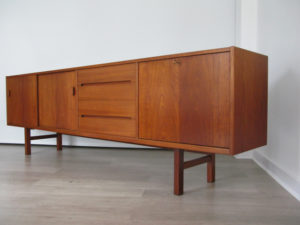 Before Scandinavian furniture came to us in cheap particle board, it was made of more solid stuff: teak wood. This tropical hardwood is very popular in boatbuilding, but in the Seventies, it’s durability made it the wood of choice for desks, tables, and bookshelves. This furniture trend was durable, clean, and, at the time, oh-so-modern. The dark colour and simple lines made it an enduring look, one you can identify right away if you or your parents haven’t purchased new furniture in 40 years. While vintage furniture trends might make a comeback, and teak furniture might outlive us all, it’s amazing how stuck in the Seventies these wooden pieces really are!
Before Scandinavian furniture came to us in cheap particle board, it was made of more solid stuff: teak wood. This tropical hardwood is very popular in boatbuilding, but in the Seventies, it’s durability made it the wood of choice for desks, tables, and bookshelves. This furniture trend was durable, clean, and, at the time, oh-so-modern. The dark colour and simple lines made it an enduring look, one you can identify right away if you or your parents haven’t purchased new furniture in 40 years. While vintage furniture trends might make a comeback, and teak furniture might outlive us all, it’s amazing how stuck in the Seventies these wooden pieces really are!
1988: Big, Bold Brass
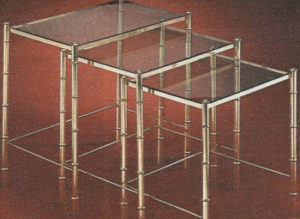 Luxurious faux-metal let every household simulate the stylings of their favourite celebrity millionaires. As the wealthy have become more wealthy and more understated – the sweater vest and black turtleneck taking the place of the expensive hairpiece – brass became a gaudy thing of the past. Brass bed frames, light fixtures, and stools look at home in the office of Wall Street’s Gordon Gecko, and that’s probably where they should stay.
Luxurious faux-metal let every household simulate the stylings of their favourite celebrity millionaires. As the wealthy have become more wealthy and more understated – the sweater vest and black turtleneck taking the place of the expensive hairpiece – brass became a gaudy thing of the past. Brass bed frames, light fixtures, and stools look at home in the office of Wall Street’s Gordon Gecko, and that’s probably where they should stay.
1998: Pine is Just Fine
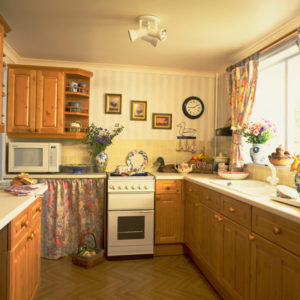 In the late 90s, the look of untreated pine was all rage in kitchens, living rooms, and bathrooms all over North America. the Light and blond pine furniture trend and surfaces were inexpensive and stylish, as long as you could tolerate the look of an unfinished cabin. The problem was that it was as durable as it was cheap, meaning you were paying for a style that wasn’t going to last very long. We’ve come to love the look of treated wood, and most of us have left the pine cabinets in the woods.
In the late 90s, the look of untreated pine was all rage in kitchens, living rooms, and bathrooms all over North America. the Light and blond pine furniture trend and surfaces were inexpensive and stylish, as long as you could tolerate the look of an unfinished cabin. The problem was that it was as durable as it was cheap, meaning you were paying for a style that wasn’t going to last very long. We’ve come to love the look of treated wood, and most of us have left the pine cabinets in the woods.
2008: Glossy White
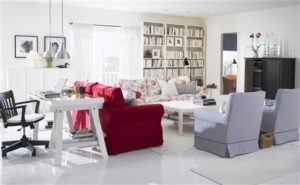
In the mid-00s, Apple was in the process of taking over the world with its white, stylish electronics. The Classic iPod maybe be gone but it’s not forgotten; we can’t say the same for 2008’s glossy all-white furniture. White furniture trends still have their place, but shiny all-white tables, chairs, and cabinets are a thing of the recent past. Nuance is the name of the game now, and simple white furniture is used to accent other styles.
2018: Rustic Chic
 Rustic chic is all about taking the outdoors and making it last. While it used to be big for quirky outdoor weddings, rustic chic has now moved indoors, and harvest tables, live edge furniture, and natural countertops are big business. No, we’re not back in 1998 – this stuff’s built to last, with large, thick pieces of real wood being treated to preserve its strength and the natural appearance. Even as tastes change, the main fixtures of rustic chic are made to stay, wherever the style gods take us.
Rustic chic is all about taking the outdoors and making it last. While it used to be big for quirky outdoor weddings, rustic chic has now moved indoors, and harvest tables, live edge furniture, and natural countertops are big business. No, we’re not back in 1998 – this stuff’s built to last, with large, thick pieces of real wood being treated to preserve its strength and the natural appearance. Even as tastes change, the main fixtures of rustic chic are made to stay, wherever the style gods take us.
The last fifty years have been an interesting roller coaster ride of style. Going through this timeline, it’s clear there’s a need for furniture that will carry you through all the ill-thought, avocado-coloured design schemes that may come back in style. But vintage furniture trends are always going coming full circle and impacting the cutting edge of design. Don’t get overwhelmed, Rustix is here to help advise and build something inspiring for you!
